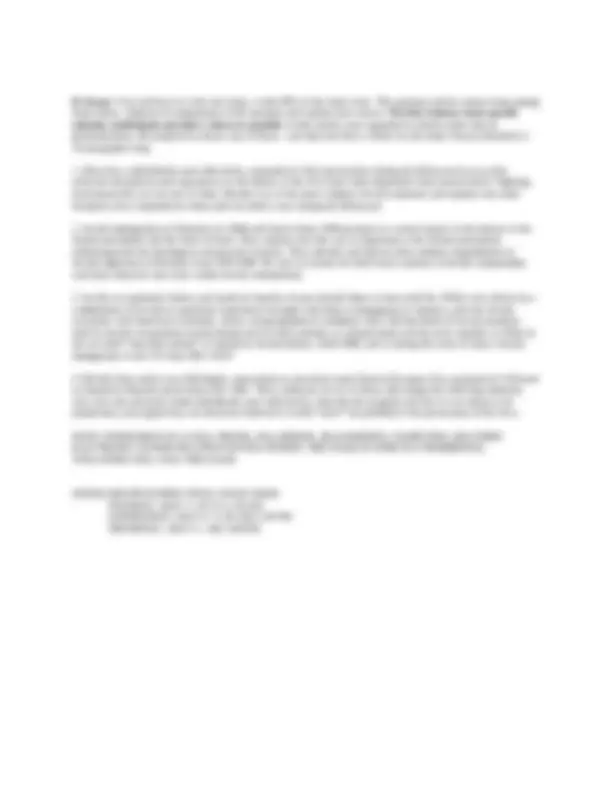



Study with the several resources on Docsity

Earn points by helping other students or get them with a premium plan


Prepare for your exams
Study with the several resources on Docsity

Earn points to download
Earn points by helping other students or get them with a premium plan
Community
Ask the community for help and clear up your study doubts
Discover the best universities in your country according to Docsity users
Free resources
Download our free guides on studying techniques, anxiety management strategies, and thesis advice from Docsity tutors
Jews in the Modern World Material Type: Notes; Class: Psychology; Subject: Psychology; University: SUNY at Albany; Term: Forever 1989;
Typology: Study notes
1 / 2

This page cannot be seen from the preview
Don't miss anything!


University at Albany Judaic Studies Department AJST/AHIS/AREL 254 Jews in the Modern World Dr. Arthur Brenner April 28, 2011 FINAL EXAM STUDY GUIDE The final exam will be held on Thursday, May 5 from 3:30-5:30 PM in HU-020 (our regular classroom).
A. Identifications : Answer 5, each worth 10 points (50% of the grade). The exam will include up to 10 out of the 15 terms listed here (so: you study 15, and the exam will include a choice of 5 out of 8-10 terms). Answers should be about one paragraph long (typically, 4-8 sentences) and should cover who, what, where, when and why, as well as include a few words about its importance to Jewish history in the modern and contemporary eras and the themes of the course (what does this term “show” us that is relevant to this course?). Here’s a sample: “Lebensraum”: Lebensraum means living space. It was a term used by Hitler in Mein Kampf in 1925 to describe his intention to conquer vast territory to Germany’s east (in Poland and Russia) so that ethnic Germans, or Aryans, could resettle there and have enough space to provide land and food for a rapidly growing Aryan race. To accomplish this, Hitler had to go to war against the Soviet Union in 1941, and was unable to implement it because he lost the war. But he still managed to kill millions of Jews, Poles and Russians in Eastern Europe in his drive to achieve the Aryan “manifest destiny.”
B. Essays : You will have to write one essay, worth 50% of the exam score. The question will be chosen from among those below. Address all components of the question and explain your answer. Provide evidence from specific episodes, individuals and dates wherever possible to help anchor your argument in details rather than in generalizations. Be prepared to answer any of these—you may not have a choice on the exam. Essays should be 5- 10 paragraphs long.